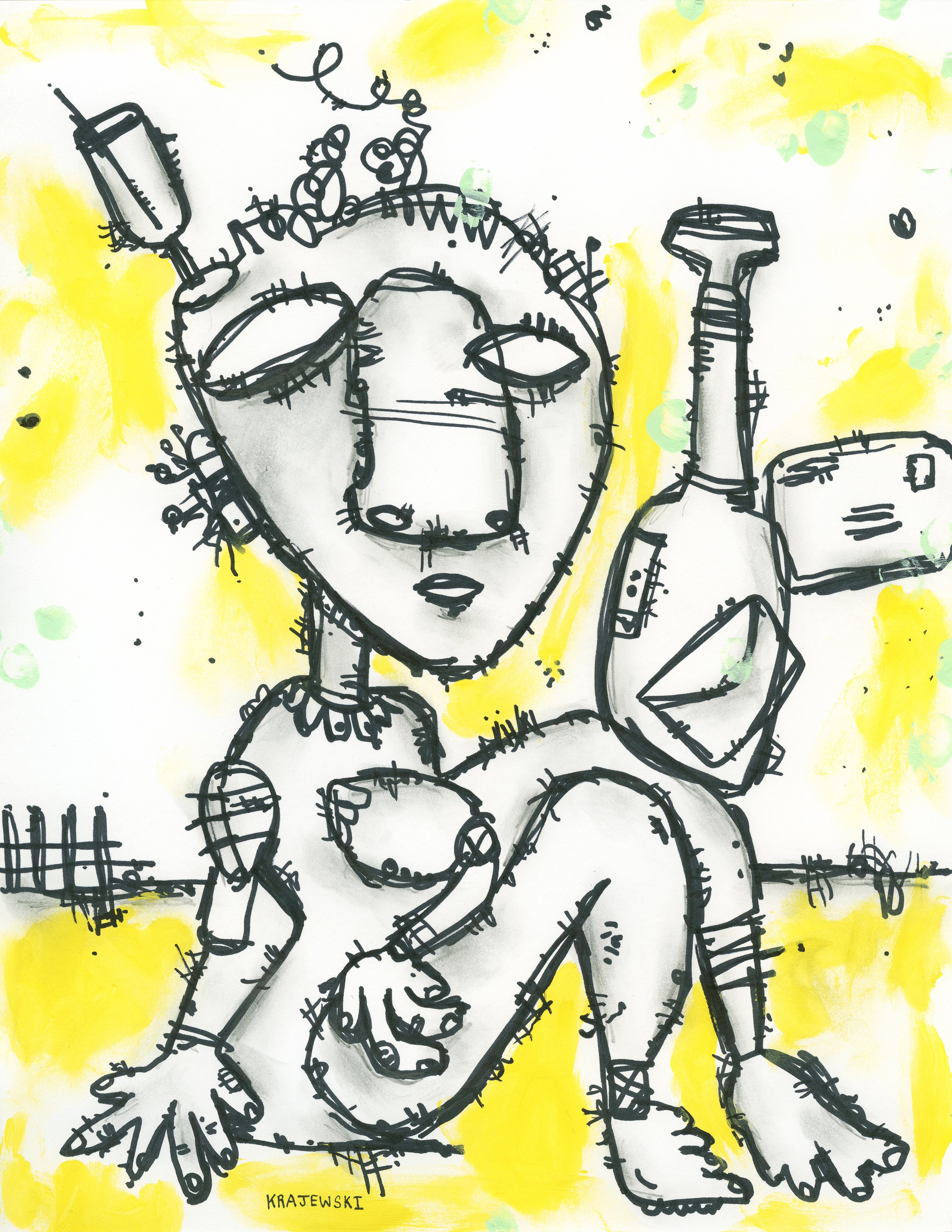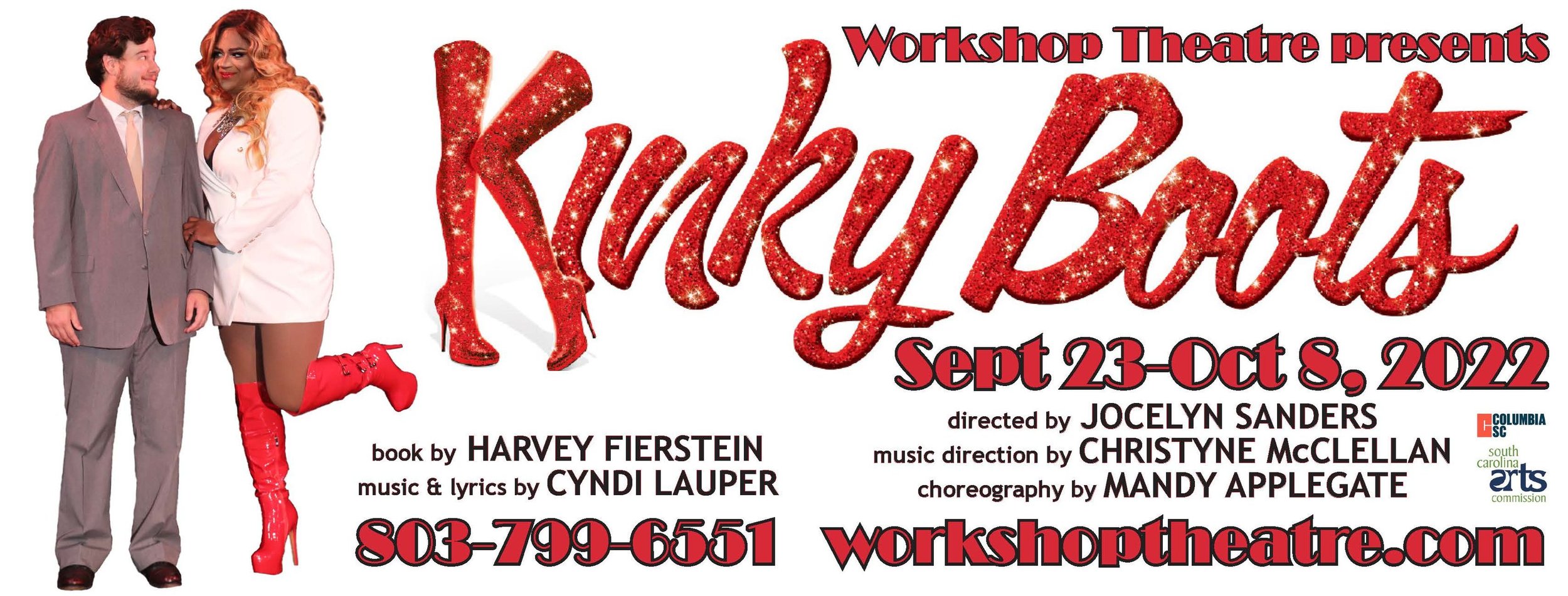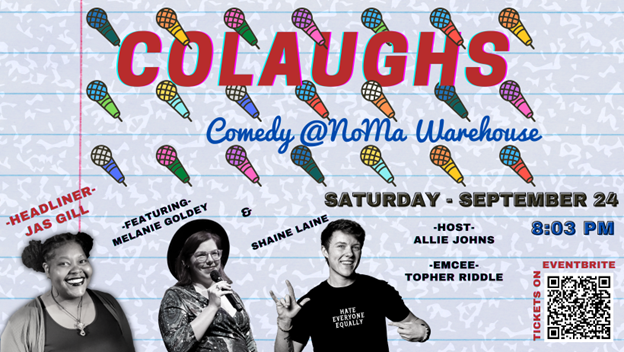Vocalist, pianist, and writer Desirée Richardson—a member of local bands Say Femme, Flower Shopping and Pandercakes—has been performing and releasing music solo as Death Ray Robin since 2020. Classically trained, Richardson has an impressive vocal range and command as well as a writing style that is both refreshing and yet still comfortably familiar. She presents frustration, angst, and vulnerability in a beautifully melodic package that is a pleasure to listen to.
JASPER: How did Death Ray Robin come to be and what has it been like branching out on your own?
RICHARDSON: I started this project partially because of my ego and communication problems, and mostly because of the 2020 lockdown. I’ve been singing back-up for other musicians since 2010, and I was (and am!) sitting on a collection of songs that I had written in 2019. I decided that since I couldn’t attend any rehearsals or recording sessions, I could try doing my own thing. I’m someone who bottles my feelings until I can’t anymore, so I thought that singing through my problems could help me, whether or not I decide to actually tell people how I’m feeling. I was also tired of feeling nameless and faceless. There are people who have seen Flower Shopping and have never realized I was on stage.
JASPER: What does your writing process look like?
RICHARDSON: I approach songwriting by first identifying the mood or sentiment I’m trying to evoke. Next, I start with a single lyric and sing it to a melody. When I’ve sung whatever the melody is, I figure out what key it’s in. I like to work at the piano, so if it’s a key that’s too annoying (I’m lazy!!) to play, I transpose it to the closest, easiest key. After I’m done with the song, I decide whether or not I wanna transpose it back to the “original” key. I usually don’t!! When I’ve figured out what (sometimes temporary) key I’m gonna write in, I choose chord progressions that sound “right”. Luckily for me, I suck at music theory, so I kinda disregard some of what we learned in school. I build the song melodically/lyrically from there!!
JASPER: What inspires you?
RICHARDSON: I’m inspired by poetic, flowery language. I love words with more than one meaning, and I love subtext and just about all literary devices. I enjoy books with footnotes so I can understand whatever obsolete word or reference an author might choose to use. I’m inspired by melancholy, the day-to-day, things I don’t express but wish I would, my lived experiences, the concepts of revenge and forgiveness, and by hope.
JASPER: What gets in your way?
RICHARDSON: Depression and feeling like a fraud are my biggest obstacles. I know some of my peers can release an album every year or are able to write a song every day or are able to sing circles around me. I don’t know if I can truly improve on my songwriting and practice habits or if I have a whole album in me. On top of not always believing in myself, I feel terrible all the time, so I don’t do the things I “should” do, and that makes me feel worse. It creates an unending cycle of “could’ve, didn’t, hate-myself; hate-myself, can’t, won’t.” I wonder why I even bother to write songs or sing because I don’t feel like a “real” musician. Kermit the Frog once sang, “Why wonder?” I guess I do it because I’m drawn to it, so I try to be okay with that and hope it’s reason enough to sing or write.
JASPER: How do you know if something is done?
RICHARDSON: I usually stop the writing process when I don’t have a “better” way of saying what I’d like to, or if I feel like I’m trying to cram too much into a single song. When this happens, I just remove the “extra part” and save it for something else. Another good stopping point is when I’m tired of writing. I choose to look at this as knowing my limits.
JASPER: Tell us more about "You can have it (Boss Babe Pt. II )" and “Boss Babe (You Can Have It)”. Was there a specific event that inspired this, and what made you decide to do two versions ?
RICHARDSON: I wrote the song because of my experience with being both an office worker and a freelancer. I thought that if I worked as hard as I could, everyone would see that I was a good person, but I ended up burning out and resenting the folks who told me that hard work was a virtue. I was uninspired by my bosses, I felt overlooked, I was too depressed to come to work on time, and the workplace was really weird: some employees were treated poorly and others were treated well, and it wasn’t a secret. Some were paid to merely show up. I never want to judge anyone who chooses to hustle and grind, and I am someone who believes that capitalism doesn’t really give us a choice between working or starving, but I personally am only going to do what I have the mental and physical capacity to do. I’m not interested in the grind. I’m not interested in doing more than I want to do, so I simply won’t anymore.
I was working on a track for Comfort Monk’s Pursuance, Vol. I around February or March of 2021. I decided that I wanted to shelf the recording and save it for another project. I wrote Boss Babe (You Can Have It) soon after, but I was new to recording with Ableton and couldn’t figure out a workflow. I ended up missing the deadline. Coincidentally, SceneSC opened submissions for their 2021 compilation the same week. I decided to ditch Ableton and go back to GarageBand to re-record the song. This is going to sound silly, but I used predominantly Asian instruments because I was feeling full from noodles, fried rice, and steamed bao I made for dinner. I had some help using some effects pedals, compressors, and “stuff like that” to finish it off and submitted it.
Comfort Monk reached out to me to ask me to contribute a track to Pursuance, Vol. II. I went back to the recording of Boss Babe that I had originally intended to send to them and started re-working it I recorded my vocals with Uzoma Udogwu at Orpheus Sounds. It sounded completely different from the SceneSC version of the song, and I wanted to separate the two while keeping them somewhat related.
JASPER: If one of your songs was a TV show what would it be?
RICHARDSON: If my song “Say My Entire Name” was a TV program, it would be “Snapped” because while I’d never cause harm to anyone who did so, when people misspell or pronounce my name incorrectly, it makes me wanna scream. I imagine myself flipping tables, throwing papers across the room, breaking a coffee mug or two.
JASPER: What is the ideal listening experience for your music? Like pie in the sky anything is possible.
RICHARDSON: My dream is to have all my songs mixed for Dolby Atmos, and I’d like the listener to be completely enveloped in the sound of an Atmos room. I think the listener could benefit from having some snacks and drinks nearby for maximum comfort. Perhaps a barf bag could be handy for if they don’t vibe with the tracks.
JASPER: What’s your favorite and least favorite show you’ve played and why?
RICHARDSON: I have two favorite shows. My first was an Emo Night gig at the Charleston Music Farm in April 2022. We did a My Chemical Romance set to a crowd of about 600 people. The energy was wild, and the attendees were so sweet and made me feel like Gerard Way! Many Black and brown emo kids and adults hugged me and told me it meant so much to them to see someone like me on stage. I was moved and definitely cried a bunch that night. My other favorite show was with the Black Nerd Mafia at Curiosity Coffee in July 2022. I got to perform full-band in Columbia for the first time with my friends and felt so supported by all my friends in the audience.
Maybe it’s because it was two nights after our electrifying Music Farm gig
but my least favorite show was in Greenville, SC. We did another MyChem set as part of the ongoing SC Emo Night festivities, and I thought we as a band played very well and had good energy, but the crowd seemed so bored. I think a reason why there wasn’t as much life in the crowd was because no one under 18 was allowed to enter the Radio Room. Kids under 18 are some of the most avid MCR listeners!
JASPER: Do you have any favorite artists? What about locally?
RICHARDSON: My favorite vocalists are Beyoncé, Björk, and Regina Spektor, my favorite band is My Chemical Romance, and my favorite local band is Flower Shopping. Ross’s songs are so thoughtful and beautiful. Does Toro y Moi count as a local band? Chaz is a real artist. His music, his artwork, his fashion sense; he has a distinct style and curated taste. I have a weird and annoying crush on him, and anytime I’ve crossed paths with him, I’ve been unable to act like a normal person. I apologize, sir!!!
I love Opus & the Frequencies. They sound great and their energy is sky-high. They know their worth. I also admire Stagbriar for their musicianship, songwriting, and their ambition. I look up to them, and I believe they’ll “make it”!
JASPER: What are your thoughts on the Columbia music scene? What has it been like navigating a predominantly white male space as a Black-Korean woman?
RICHARDSON: I think that a lot of local bands are doing cool and exciting things, and I love how the younger musicians aren’t shy when it comes to putting themselves out there. I’m impressed by how revitalized New Brookland Tavern feels, thanks to the work that Carlin Thompson and the rest of the staff are putting into the venue. It feels like a special place to perform, and I’m grateful to be part of that.
Thankfully, no one in the scene has ever tried to make me feel less-than because of my racial and ethnic identity, but I sometimes wonder whether there are things I’m missing out on because I’m not checking certain boxes. I know I can always do more with promo and actually putting out recordings, but am I being overlooked by potential listeners or members of the music community because I don’t look or sound a certain way? Are people not interested in my music because I don’t play guitar? Is it because I said I play R&B? Should I call myself a pop songwriter instead? Would that even help? Should I drop some pounds? Do people not want to work with me because they don’t find me relatable? While I don’t question my identity, I think it’s clear to see that I question whether it affects how people interact with me or my music.
JASPER: What do you want other musicians to know? Do you have any advice?
RICHARDSON: There will never be a time where you’ll be 100% ready or perfect, nor do I believe there’s a reason you’ll need to be those things when it comes to sharing your art. My advice is to do the things you’d like to do, even if you’re scared or if you think you’re not good enough. You ARE good enough and someone’s gonna love you. There’s enough sun for everyone.
JASPER: What are you looking forward to in the near future?
RICHARDSON: I’m looking forward to the visuals from Beyoncé’s Renaissance album being released. It’s been almost two months, and we still have not received even a single music video! I’m also looking forward to the new Björk album at the end of the month.
I’m also hoping to release some recordings next year. If I don’t, please forgive me and please keep coming to the live shows. I work more slowly than everyone else for several reasons, and I know it inhibits my potential growth, but I mostly care about being able to sing with y’all in the room! Thank you for giving me a chance, and I hope I make you proud!!!!
You can see Death Ray Robin at New Brookland Tavern Friday September 30th with Leone & the Ascension, Outerego.
Check out more info at the Facebook Event.



































